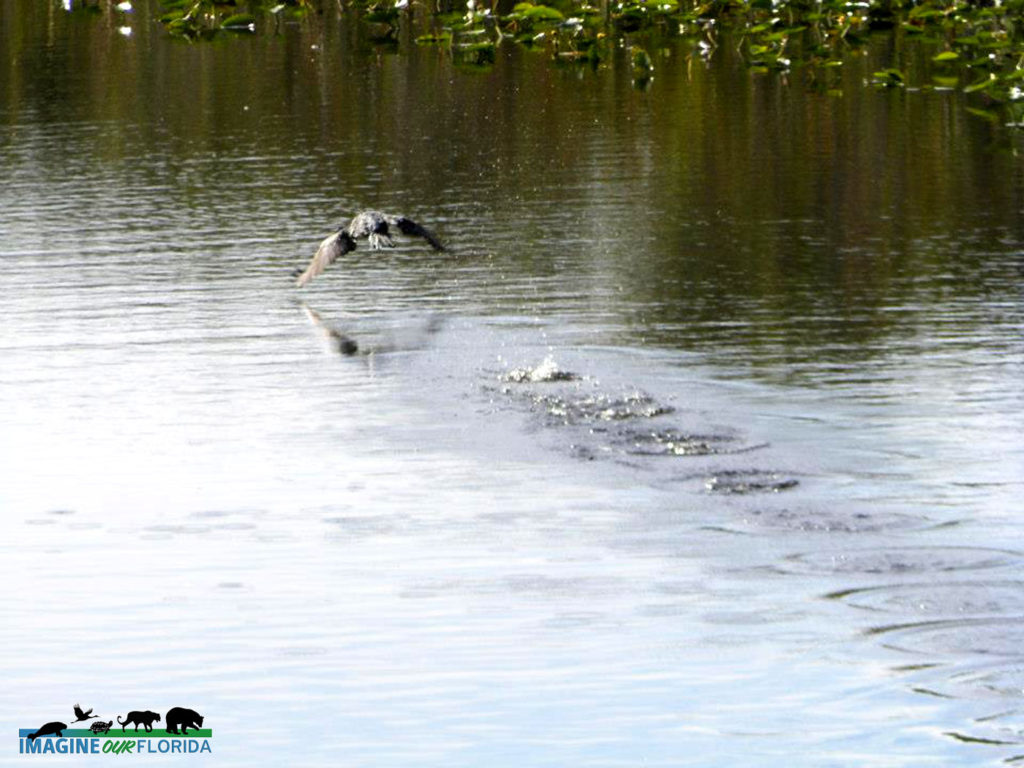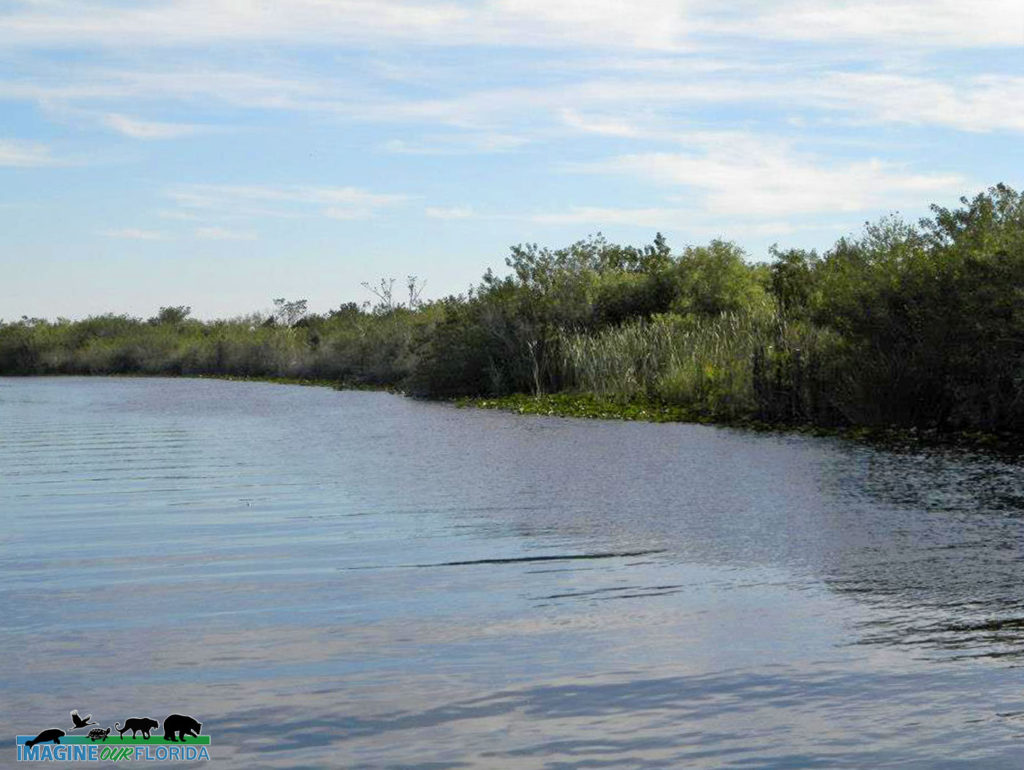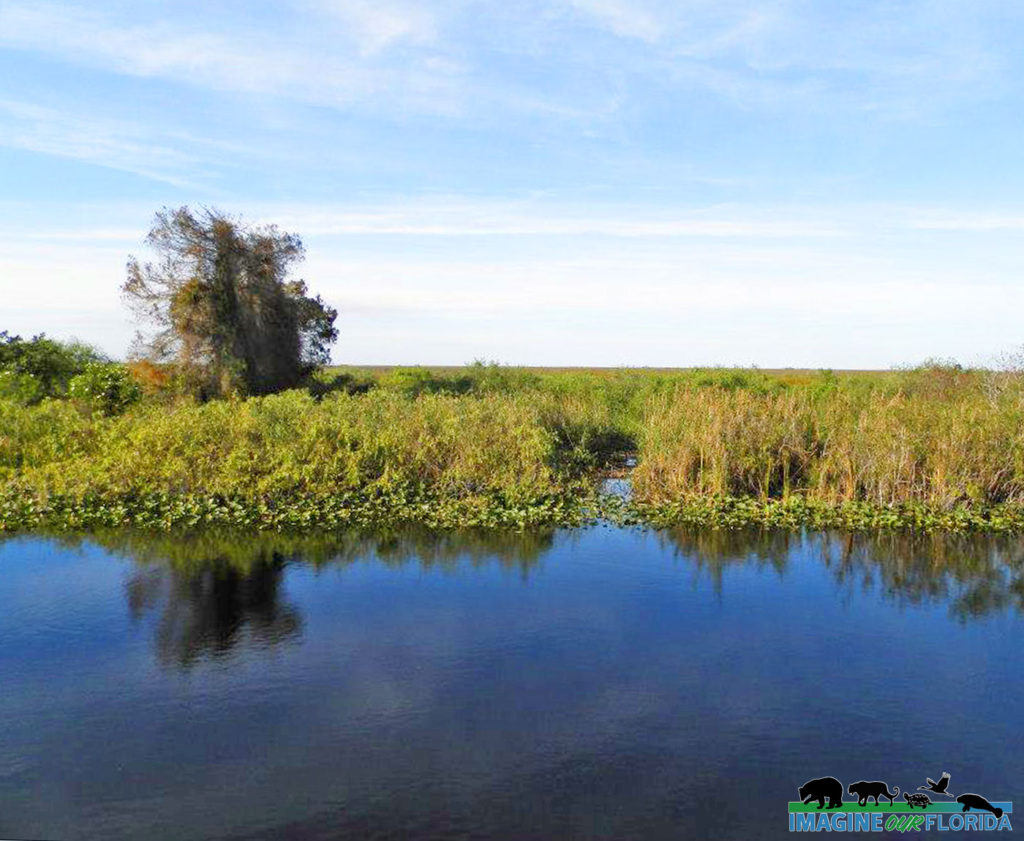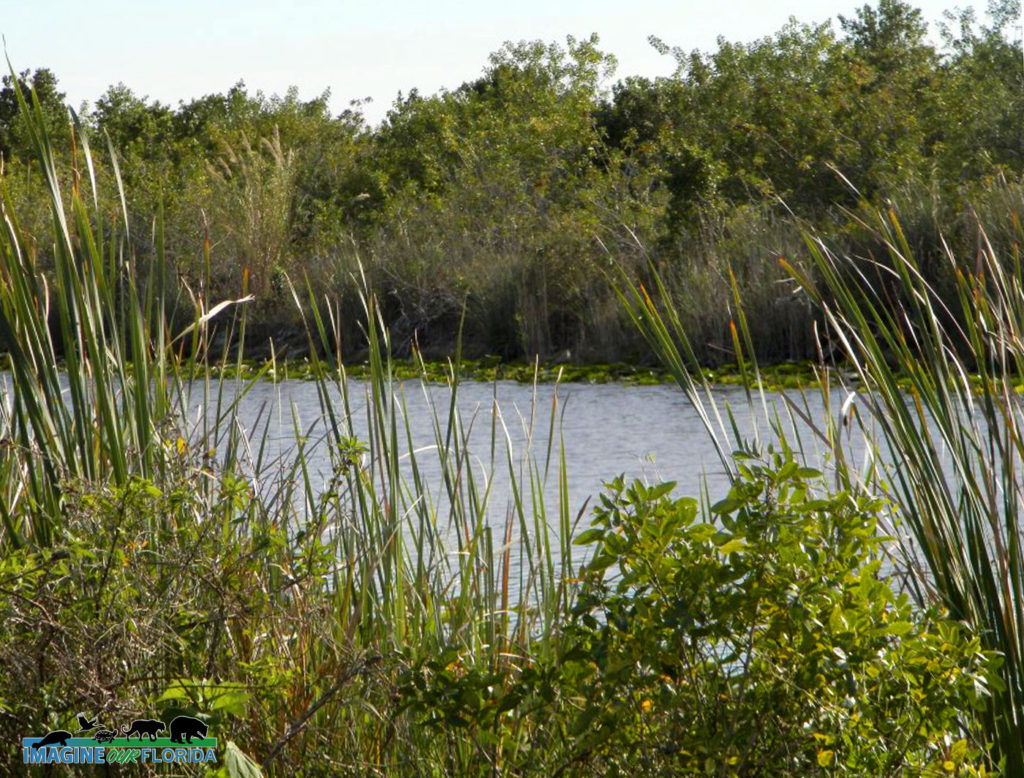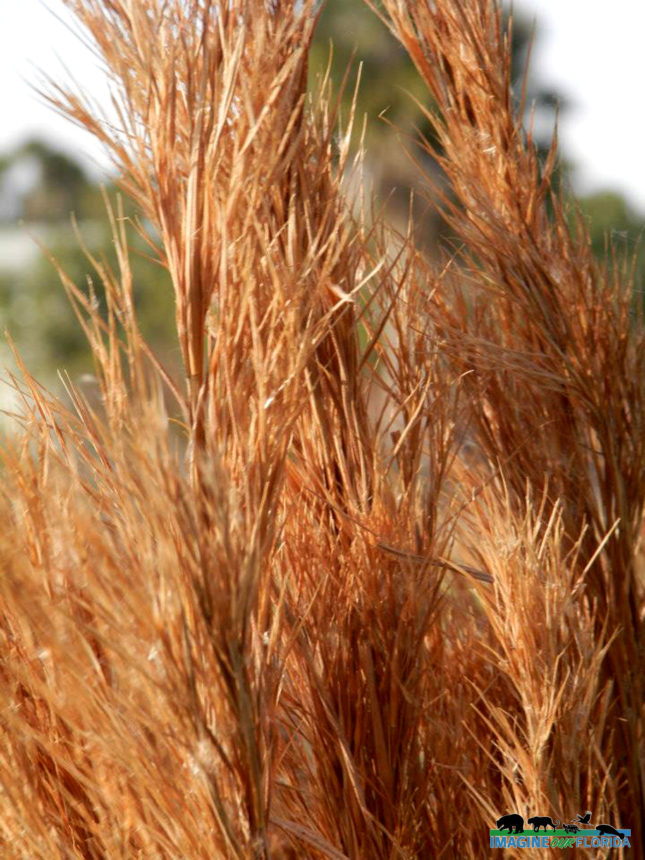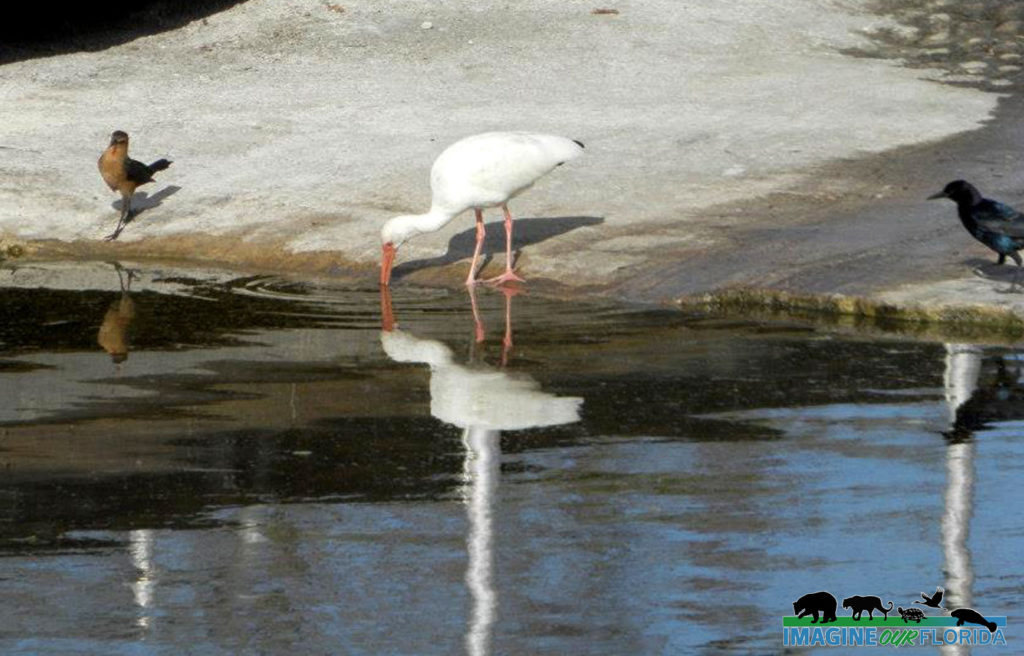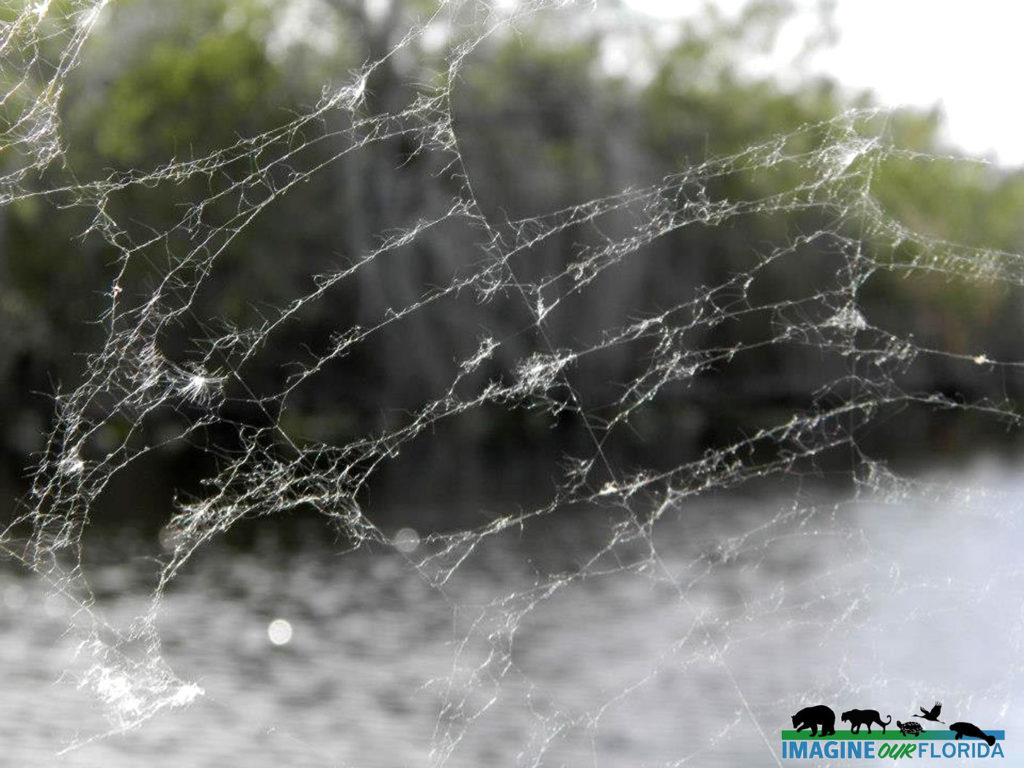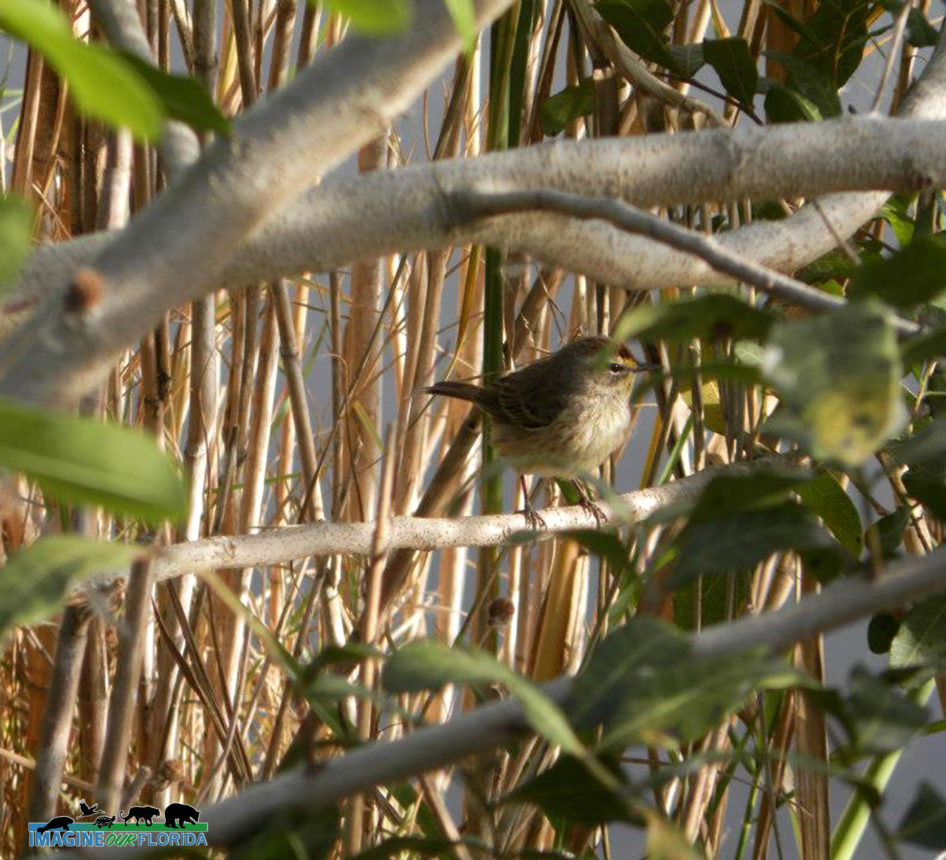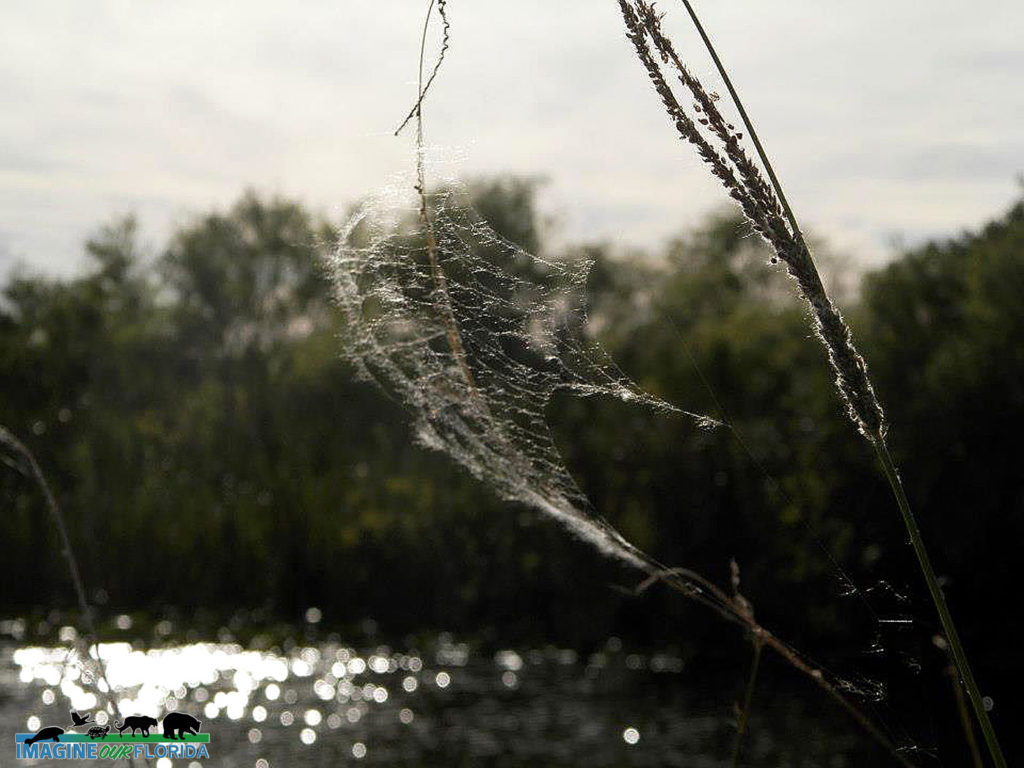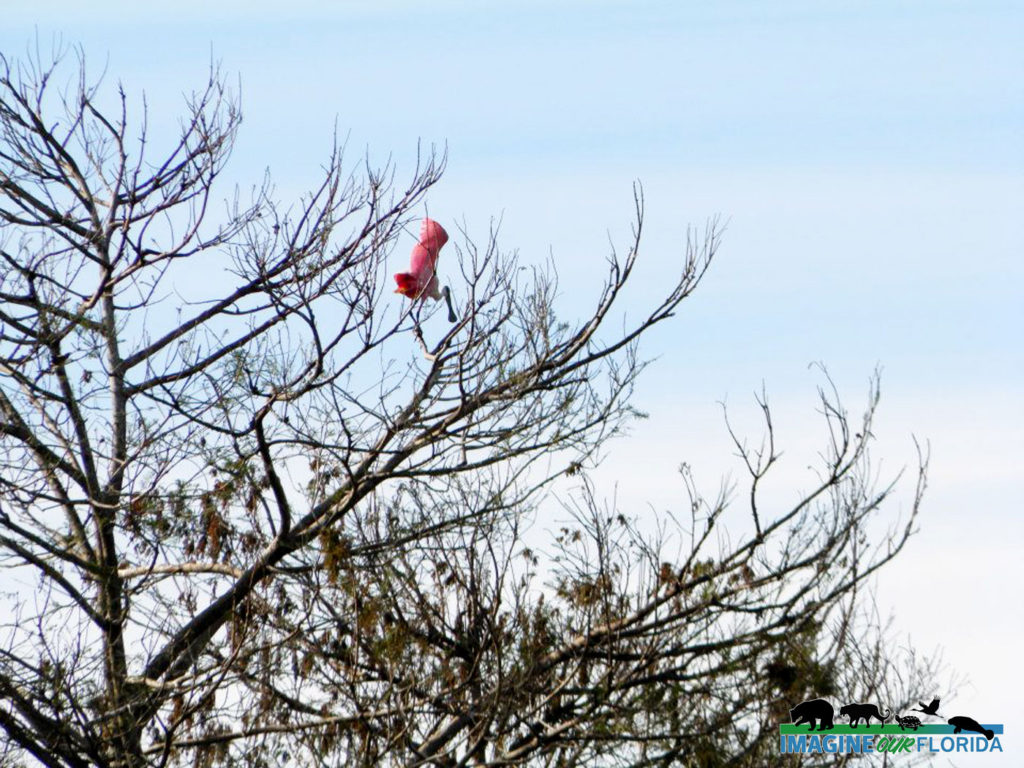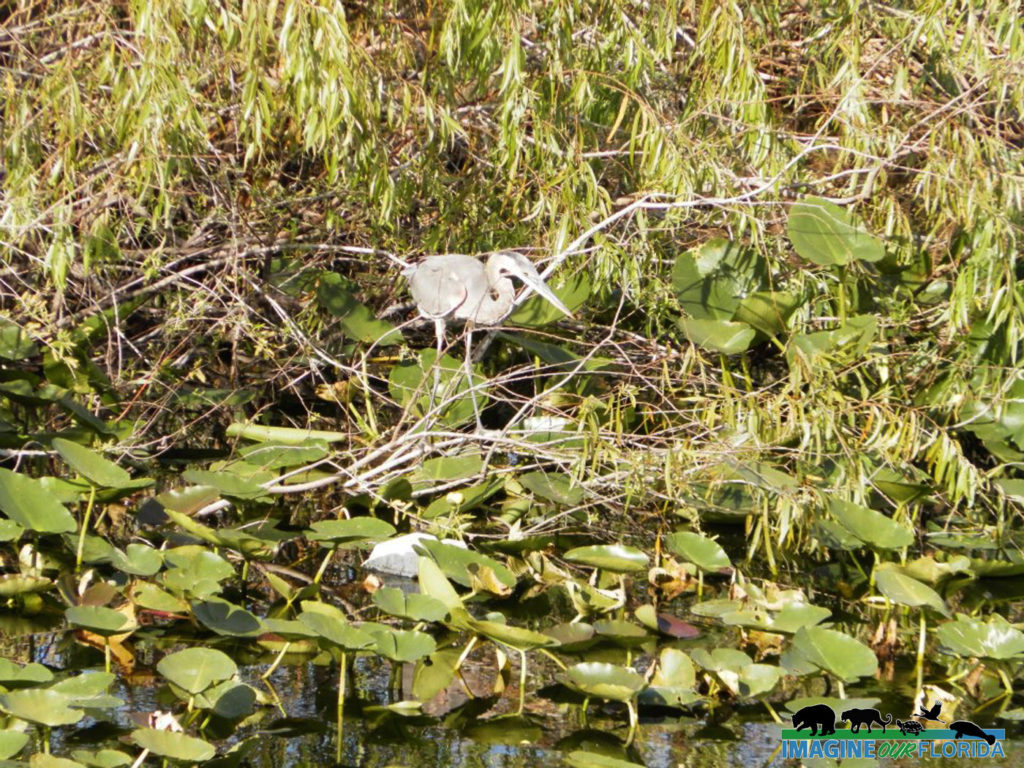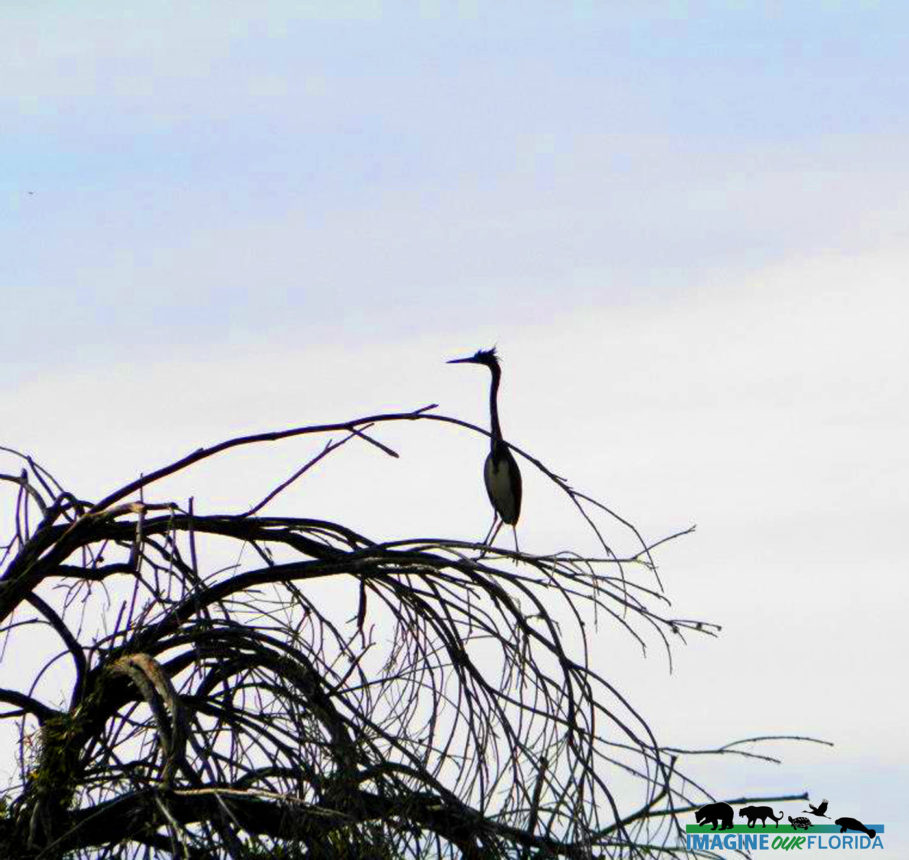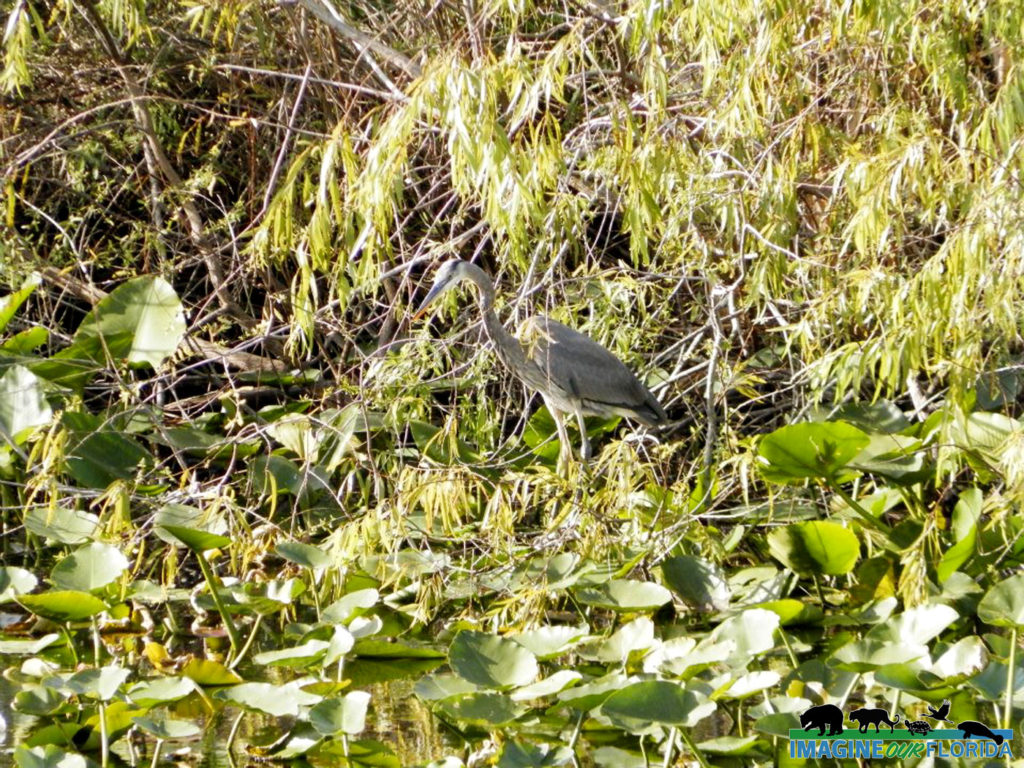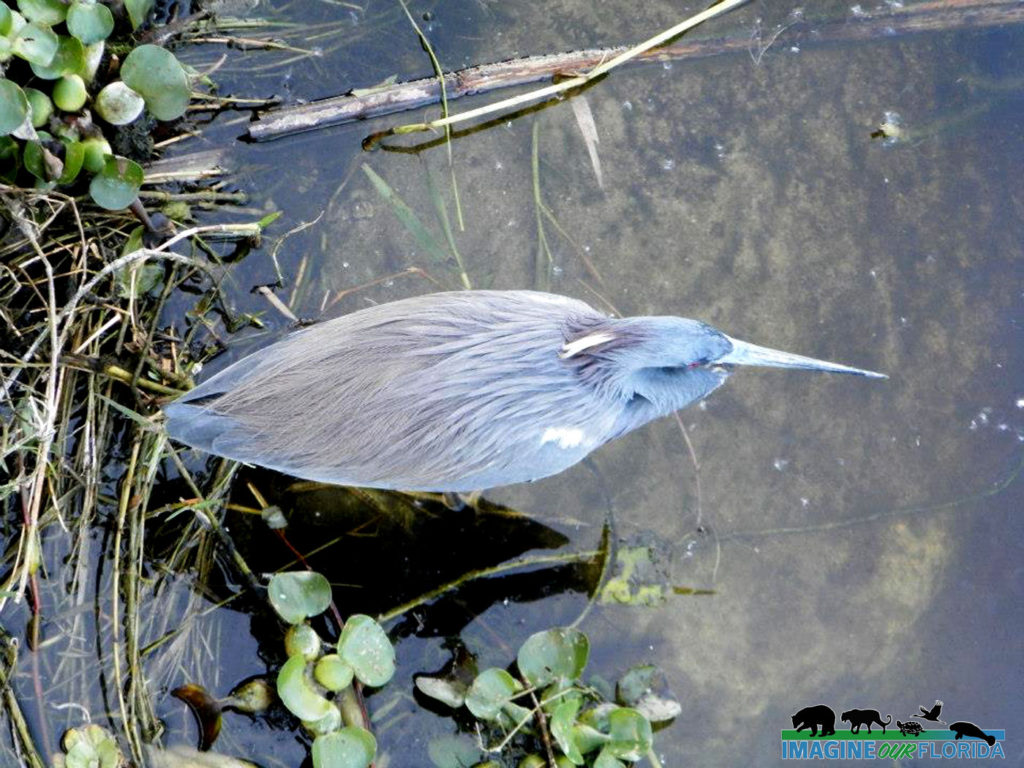Everglades National Park
Here are no lofty peaks seeking the sky, no mighty glaciers or rushing streams wearing away the uplifted land. Here is land, tranquil in its quiet beauty, serving not as the source of water, but as the last receiver of it.
~ President Harry Truman
Everglades National Park is the largest subtropical wilderness in the US. Its 1.5 million acres include swamps, marshes. mangroves, hardwood hammocks, pinelands, sawgrass, and slough ecosystems. It is designated an International Biosphere Reserve, a World Heritage Site, a Wetland of International Importance, and a protected area under the Cartagena Treaty.
Once measuring 11,000 square miles, the Everglades contained a slow-moving sheet of water which balanced the ecosystem in southern Florida. Colonial settlers saw the area as farmland. Developers found it suitable for development. In the early 1900s, the wetland was being drained for development. Years of human interference in this natural landscape severely damaged the ecosystem and imperiled the animals and plants who once thrived there.
Everglades National Park was established in 1947 at the insistence of scientists and conservationists to conserve the remaining natural landscape. Animal and plant species found only in the Everglades became protected. Many of the Everglades’ ecosystems are fire-dependent, therefore, a fire regime is in place. Prescribed burns not only assure that the animals and plants will survive but also thrive in their homeland. In 1977, Congress named 86% of the park the Marjory Stoneman Douglas Wilderness in honor of her relentless work on behalf of protecting the Everglades. There are 21 protected species in the wilderness and 1/3 of the area is submerged.
Everglades National Park provides boundless opportunities for research. Current research includes the study of invasive plants and animals as well as wildlife and hydraulic monitoring. Located on the edge of the Atlantic ocean that is experiencing sea level rise, the Everglades is the perfect place to study the changes already caused by Climate Change as well as future changes that are certain to occur.
Everglades National Park is waiting for you to explore the ecosystems and discover the endemic and legally protected animal and plant species. Look for abundant alligators, white-tailed deer, and bobcats. Discover rare and endangered species such as American Crocodiles, Florida Panthers, and West Indian Manatees.
There is plenty to explore and discover at Everglades National Park. Guided tours, boating, and hiking are wonderful ways to learn about the park. Camping sites are available for RV’s and tents. For the more adventurous, Marjory Stoneman Douglas Wilderness offers primitive camping complete with dark night skies for stargazing.
Temperatures average 53°F to 77°F from December through April. May through November is the wet season when the humidity and temperatures are high. There are 4 entrances, each with their own unique areas to explore. Be sure to click on the link below to plan your trip.
For more information: https://www.nps.gov/ever/index.htm
https://www.nps.gov/ever/index.htm
Photo Credit: Aymee Laurain

